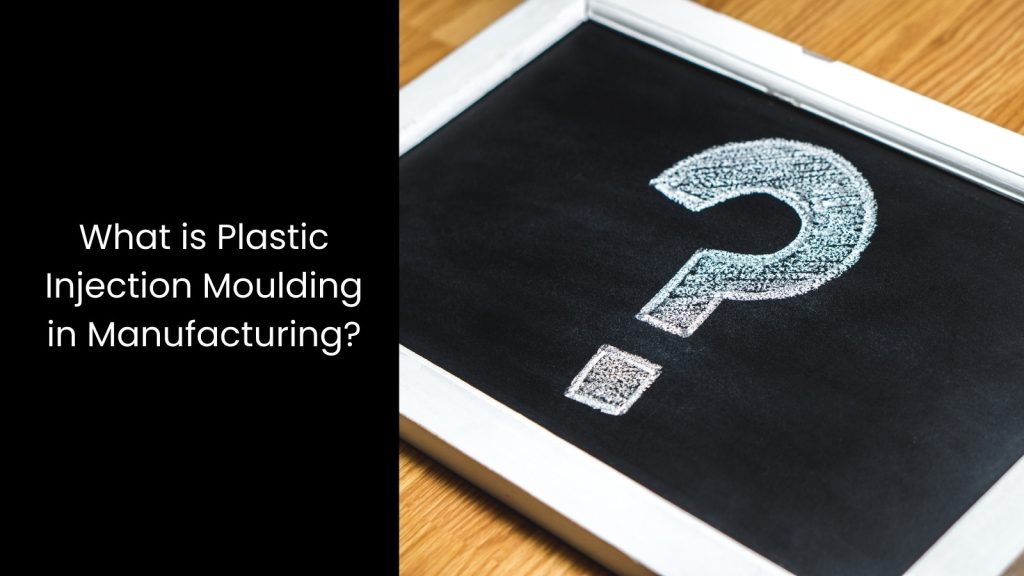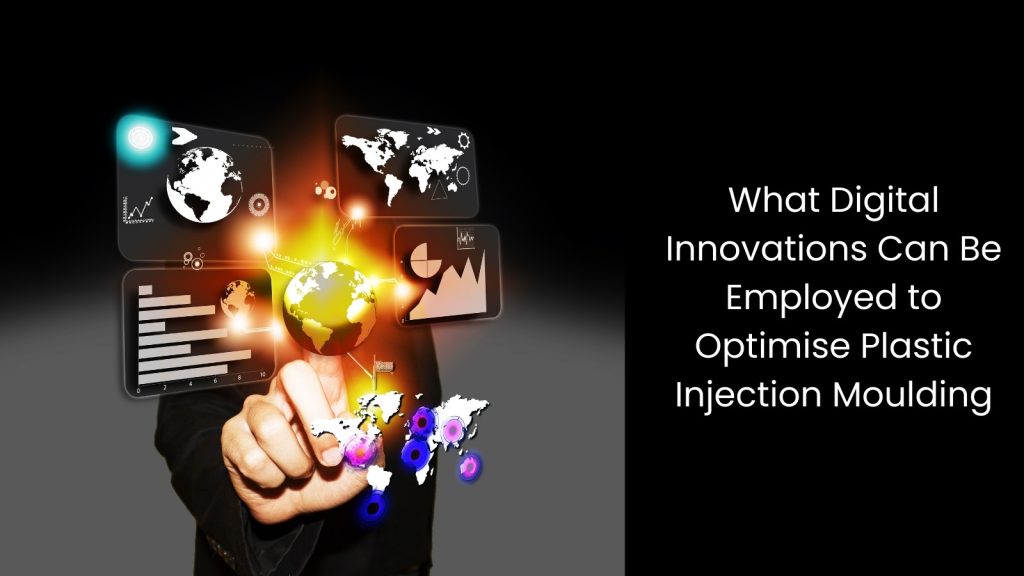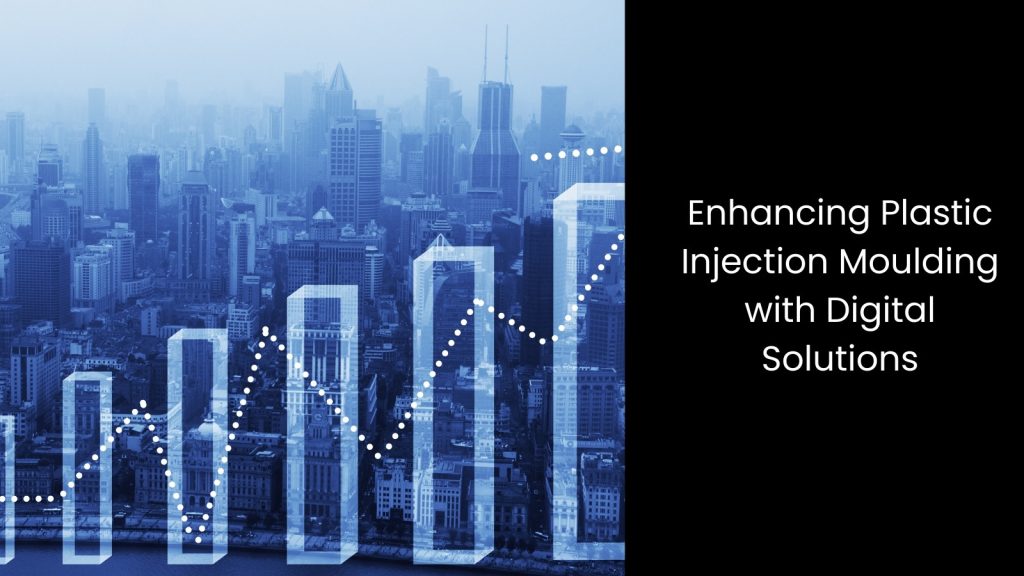Join us in exploring the latest innovations set to transform plastic injection moulding and keep the manufacturing industry in Singapore flourishing.
What is Plastic Injection Moulding in Manufacturing?

- It is a widely used manufacturing process that involves producing plastic parts by injecting molten plastic into a mould.
- So, why is it so unique? Before understanding its uniqueness, you have to understand how this process flows.
- This method begins by heating plastic materials, usually in the form of small pellets, until they melt into a liquid state. Once the plastic is melted, an injection moulding machine forces the molten material into a steel or aluminium mould under high pressure. The mould has the shape of the desired part, and when the plastic cools and hardens, it takes on the exact shape of the mould. After cooling, the machine ejects the solid plastic part, and the process repeats for high-volume production.
- As you can see, this is where its uniqueness lies. Manufacturers prefer plastic injection moulding as it produces precise and durable parts with consistent quality. This method works well for creating a wide variety of products, from everyday household items like plastic bottles and containers to complex parts used in automotive, medical, and electronic industries.
- The process is known as one of the best methods that are efficient and cost-effective, especially for large-scale production, as the moulds can be reused thousands of times.
What Digital Innovations Can Be Employed to Optimise Plastic Injection Moulding

Cloud-Based Data Management
It offers real-time access to production data from anywhere. Manufacturers can use these centralised cloud systems to collect and organise all the critical information about their moulding processes, such as machine performance, cycle times, and material usage.
These systems allow technicians to remotely monitor key production metrics, ensuring that managers and engineers can spot issues as soon as they happen, even if they are in different locations. When a problem arises, cloud systems alert the right people immediately, allowing them to take quick action to minimise downtime or defects. This capability also gives the space for better collaboration, as teams across multiple plants can work together to optimise the process and share insights in real-time.
Instead of relying on outdated reports or local data storage, cloud systems provide up-to-the-minute information. This will enable faster, data-driven decision-making. For example, if a machine in one factory experiences inefficiencies, engineers in another location can analyse the data and offer solutions without needing to be on-site.
Computer-Aided Design (CAD) Software
This provides advanced tools to create detailed and accurate mould designs. Manufacturers have the ability to use CAD to design complex parts and moulds with high precision. This will allow them to visualise every aspect of the part before production begins.
Therefore, if they use CAD, engineers can create 3D models of parts and moulds, which helps them see how different designs will perform under real-world conditions. Plus, they can run simulations that mimic the injection moulding process, showing how the plastic will flow into the mould, where potential weak points may form, and how the material will cool and solidify. This simulation capability helps manufacturers spot and fix potential issues early in the design phase, reducing errors that could lead to defects in the final product.
Instead of relying on trial and error, CAD tools let manufacturers test different designs virtually. No need to mention that it will save both time and material costs. What is more, CAD helps improve production quality because it ensures that every part is made to exact specifications.
Robotics and Automation
It goes this way: robotic systems take over repetitive jobs like material handling, where they transport plastic pellets to machines and manage loading and unloading operations with speed and precision. These robots can also perform mould changes, quickly switching out moulds to accommodate different product designs. The best thing is this capacity minimises downtime between production runs.
Also, by automating these steps, manufacturers save time and avoid human errors that could lead to defective parts or delays.
Quality inspection is another area where robotics shines. Automated systems equipped with advanced sensors can inspect each part as it is produced, ensuring that every item meets strict quality standards without needing human intervention. This process not only increases the speed of inspections but also enhances accuracy, catching small defects that human eyes might miss.
So robotics and automation have become a strength of the plastic injection moulding process.
Digital Twin Technology
It creates a virtual replica of the entire manufacturing process, and it will help manufacturers to monitor, simulate, and optimise every aspect of production in real-time. This technology allows engineers to develop a detailed digital model of the moulding process, which mirrors the physical production environment.
This way, manufacturers can run simulations to see how different materials, machine settings, or environmental conditions might affect the final product before they even start the actual moulding process. On the other hand, Digital Twin technology helps manufacturers detect potential issues, like material defects, temperature inconsistencies, or machine malfunctions, early in the design phase so they can fix these problems before they lead to costly production errors.
This reduces downtime and eliminates the trial-and-error approach, saving both time and resources. With Digital Twin technology, manufacturers can also continuously monitor machine performance in real-time, using data to make immediate adjustments to optimise efficiency and product quality. If a machine begins to wear out or produce inconsistent parts, the digital twin alerts the team. It will help them to correct the issue instantly. This leads to more consistent production, higher-quality parts, and less waste.
Cerexio Solutions for Better Manufacturing

Cerexio has developed various software solutions that carry the ability to enhance plastic injection moulding or any other manufacturing methods by providing advanced data analytics, real-time monitoring, and predictive maintenance capabilities. Our solutions easily integrate with production systems to track machine performance, identify inefficiencies, and ensure optimal operation. With the ability to automate processes and deliver insights from data, Cerexio solutions help manufacturers minimise downtime, improve product quality, and reduce operational costs.
Enhancing Plastic Injection Moulding with Digital Solutions

The digital age is here, and plastic injection moulding cannot afford to be left behind. With tools like robotics, CAD, Digital Twin, and cloud-based management, manufacturers are now able to achieve unmatched accuracy and productivity. These solutions not only streamline processes but also reduce costs and create a more sustainable future.
